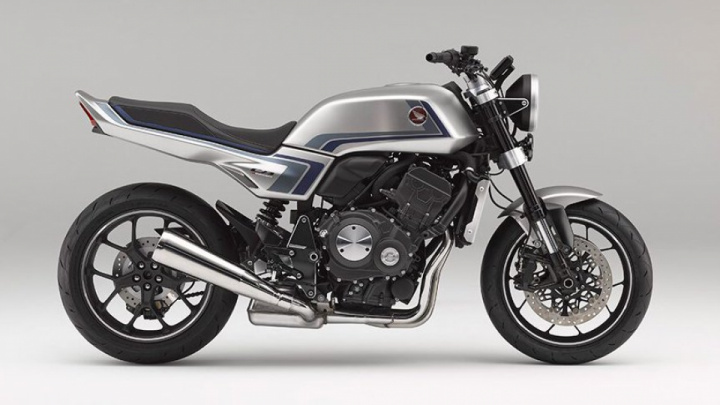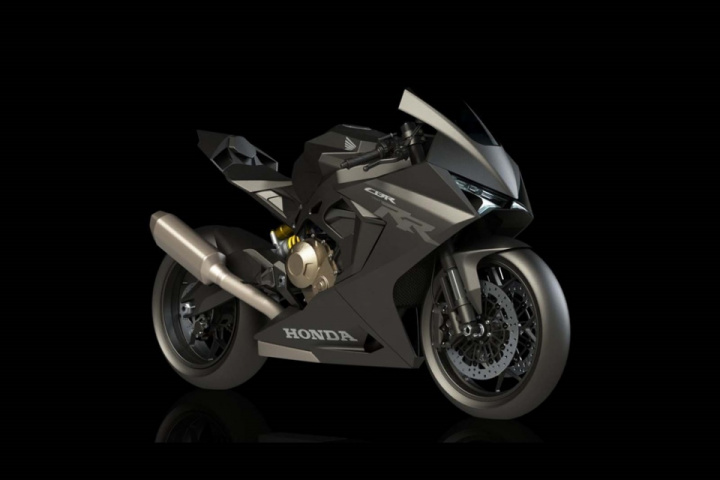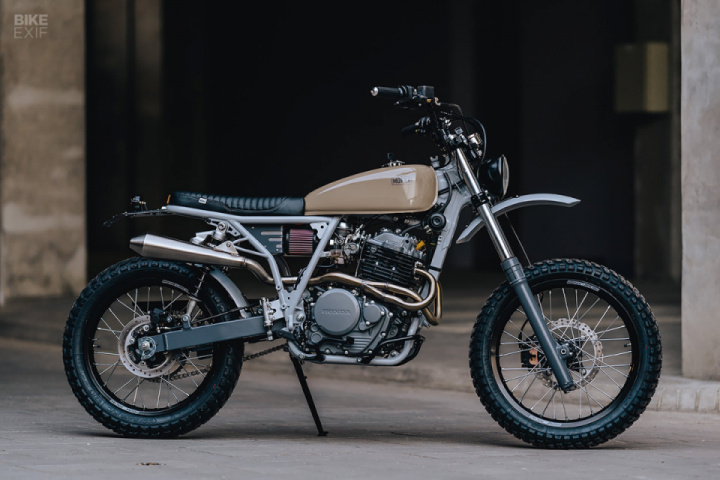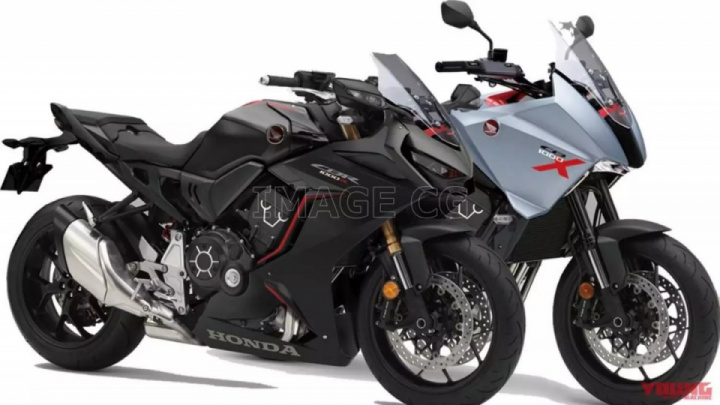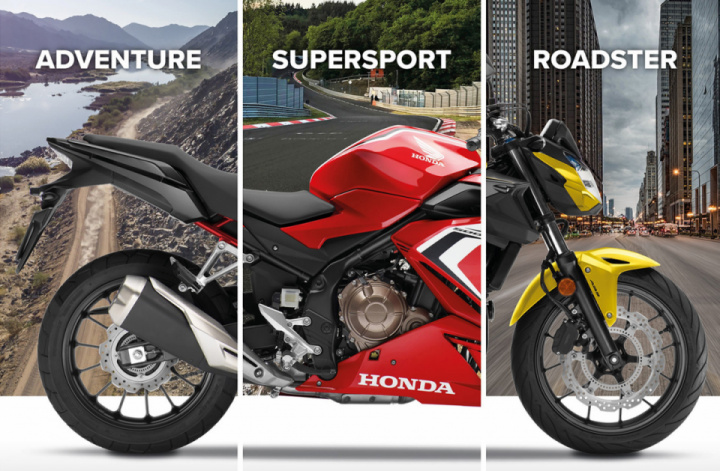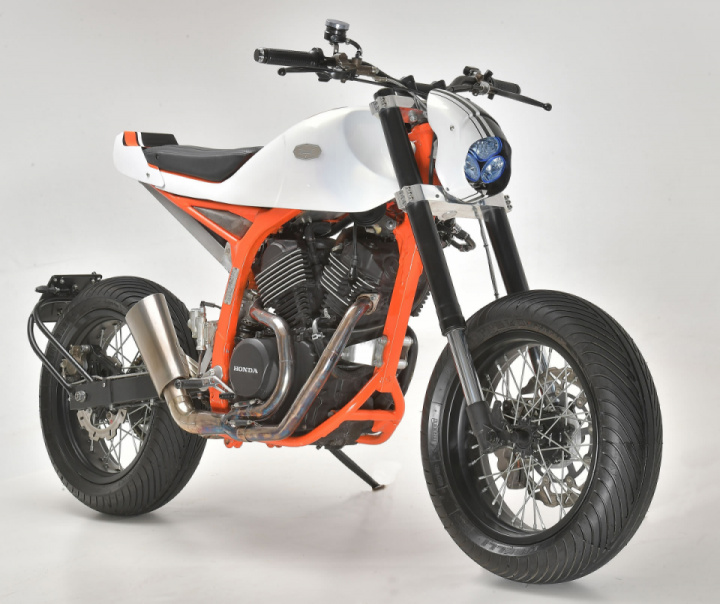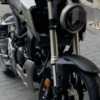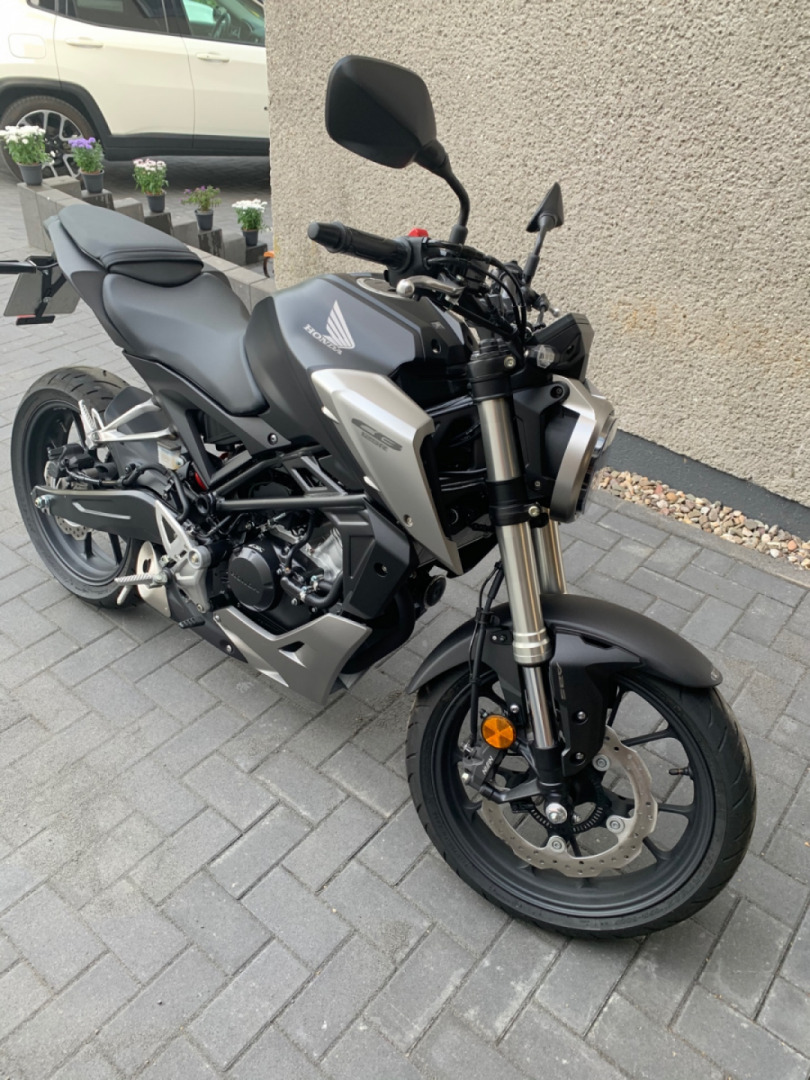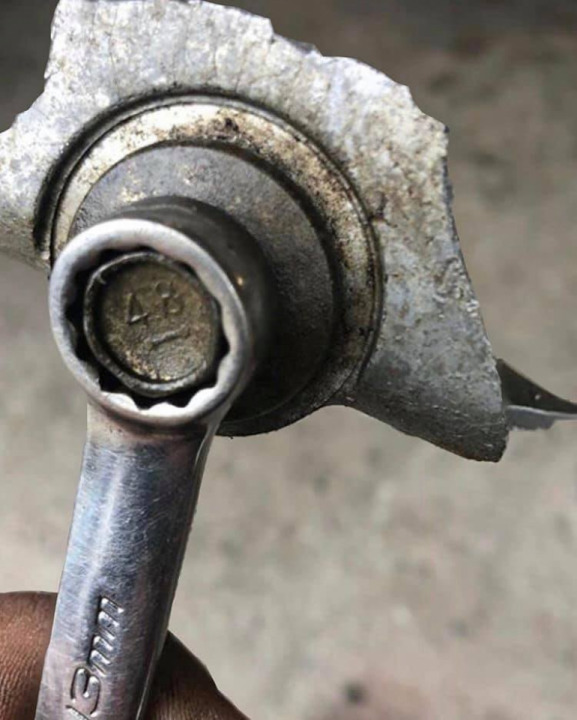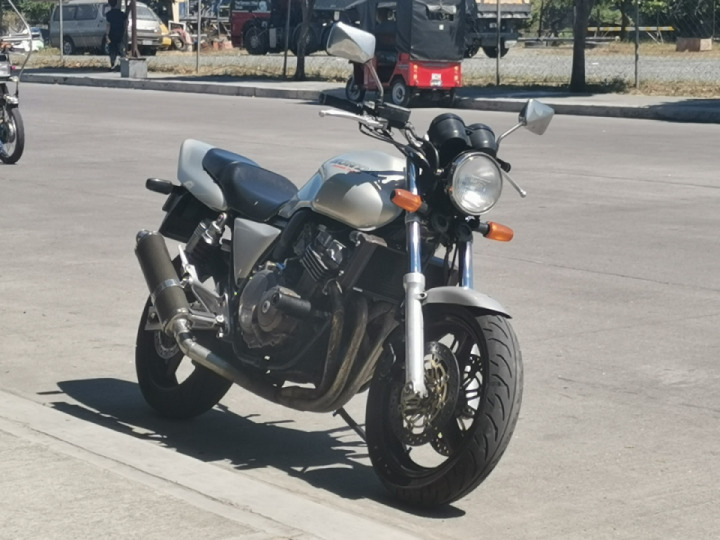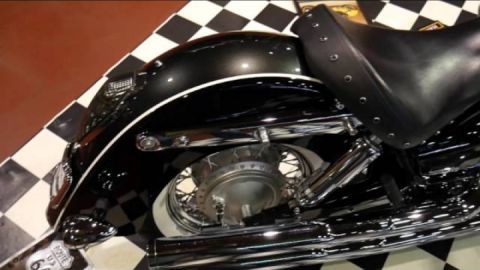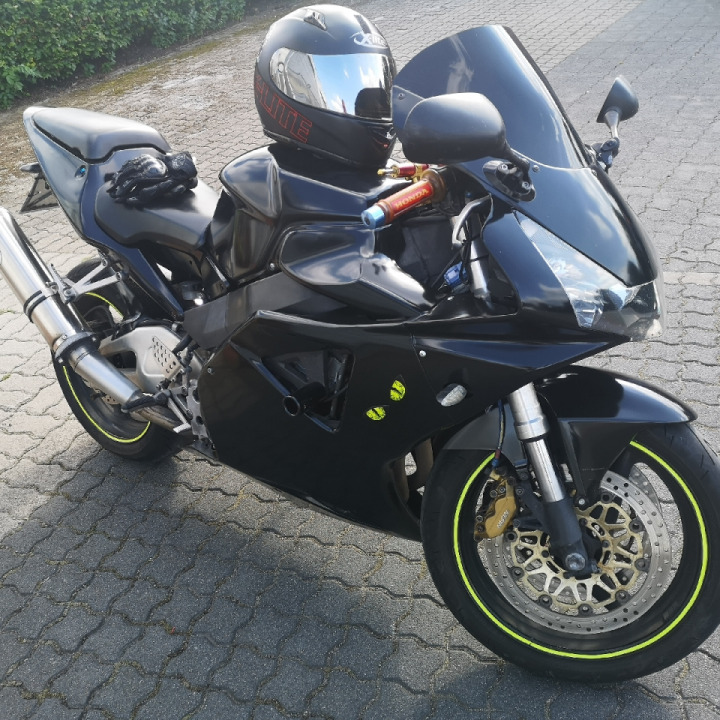
-
 Set of 3 stickers New Honda Grom(MSX125) "Life"
Set of 3 stickers New Honda Grom(MSX125) "Life" -
 Mug Honda CBR 1000RR "Lion"
Mug Honda CBR 1000RR "Lion" -
 Mug Honda CRF "Bird"
Mug Honda CRF "Bird" -
 Poster Honda CBR 650R "Panter"
Poster Honda CBR 650R "Panter" -
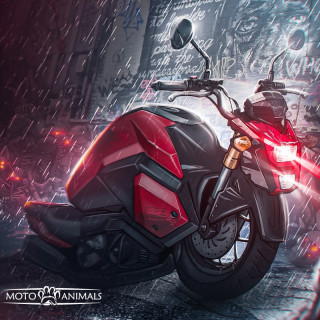 Poster Honda MSX125 Grom "Snail"
Poster Honda MSX125 Grom "Snail" -
 T-shirt Honda Grom Society
T-shirt Honda Grom Society -
 Hoodie Honda CBR F4i
Hoodie Honda CBR F4i -
 T-shirt Honda CBR 600RR "Panther"
T-shirt Honda CBR 600RR "Panther" -
 Hoodie Honda Grom MSX125 "Snail"
Hoodie Honda Grom MSX125 "Snail" -
 Mug Honda CBR 1000RR "Panther" 17-18
Mug Honda CBR 1000RR "Panther" 17-18
The Big Red is up to something very ingenious for its next superbike. After squeezing all the juice from the CBR1000RR engine launched back in 2008 Honda is considering the V-TEC technology for their litre missiles to come. The company’s latest patent features a complex solution that uses VVT technology in a way that we’ve haven’t seen before.
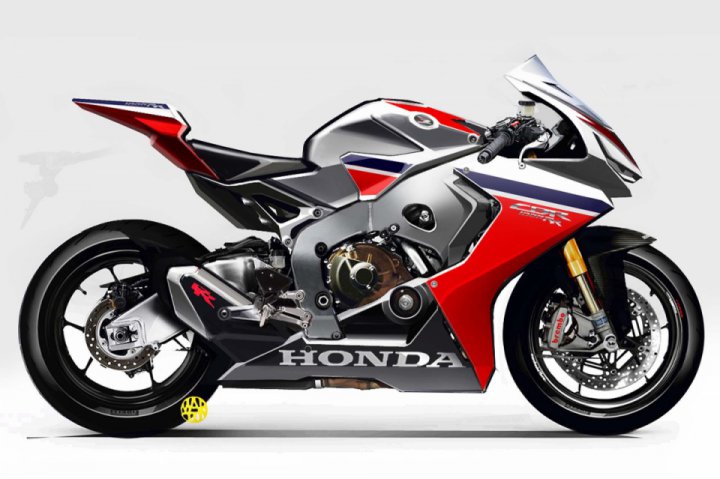
The patent combines a bit of everything we’ve seen regarding the VVT technology in the motorcycle world in an original Honda way. Forget about the old V-TEC, this time the system is a lot more complicated than the simple valve that the Japanese manufacturer came up with back in 1980. The patent features a Da Vinci like engineering that uses eight sets of cams for each cylinder.
It will be easier to understand if you check the image above where the system is presented for a single cylinder. The cam lobes are now double for each valve and they are stacked together on a grooved shaft. This way the set of four valves can move left or right in order to satisfy the VVT action.
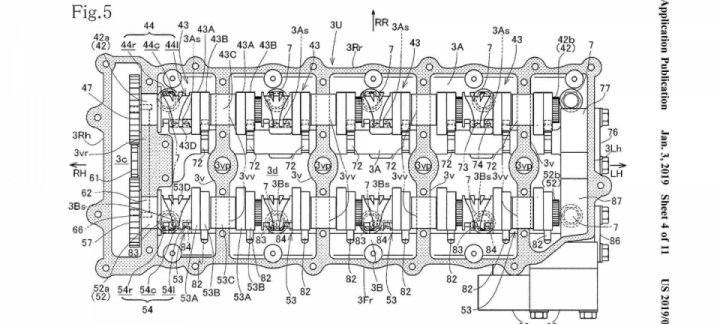
We’ve already seen something similar from BMW that developed the shift cam system that is only related to the intake camshaft and uses an electronically controlled actuator to make things happen. The Honda VVT system is a bit different because it uses the system for both the intake and exhaust valves.
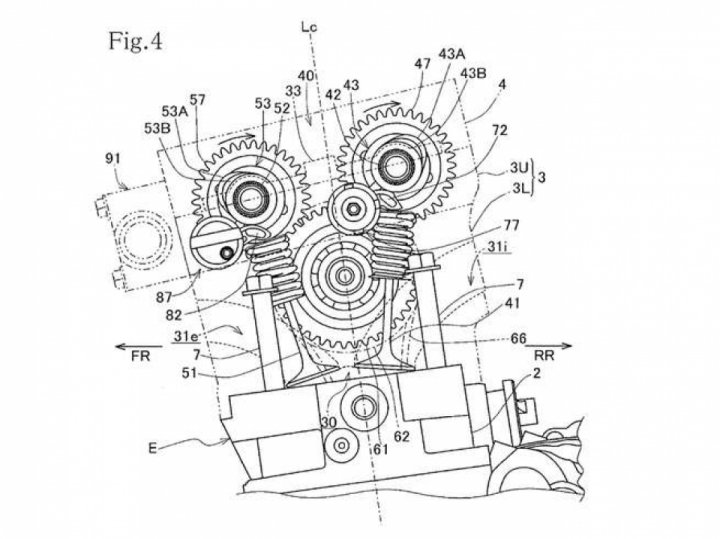
The stacks of valves feature a channel at the very begging of each set of camshafts were the actuator is positioned. We are not sure if Honda will use eight actuators or if there will be only two connected to every camshaft through a set of rods but a thing is for sure this is one of the most complex systems we’ve seen so far.
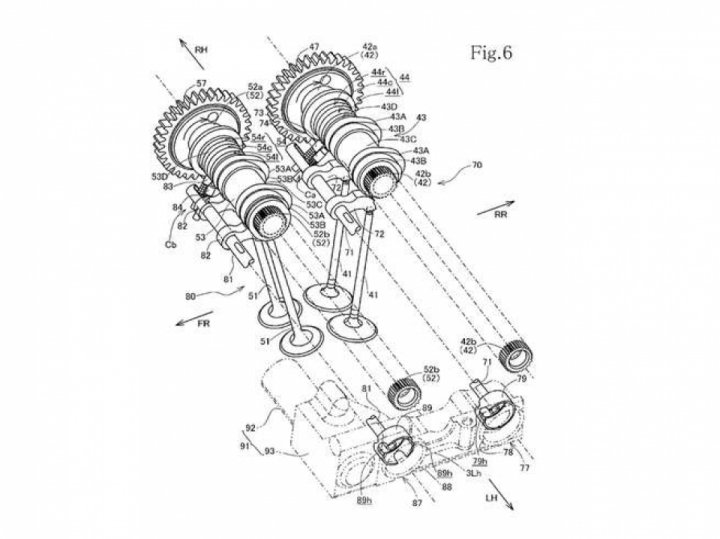
The VVT system proved to be a very good solution in the motorcycle world. Is not something new but it definitely changes the way the engine responds and it increases the power delivery. Ducati used it for its Multistrada, Suzuki patented a very original and all-mechanical system that powers their GSX-R1000 and now BMW uses it for their superbike and for their famous boxer as an upgrade.
The magic behind the system is that it will help increase the mid-range power delivery and help the engine reach higher rpm at the same time. Every way you look at it this is the answer for the in-line-four-cylinder superbikes to produce more low and mid-range torque. Honda kinda lost this battle so we keep our finger crossed and hope this system will make to production.
Credit: riders.drivemag



